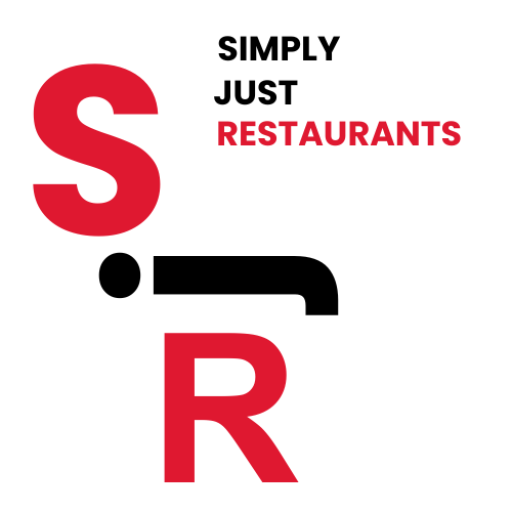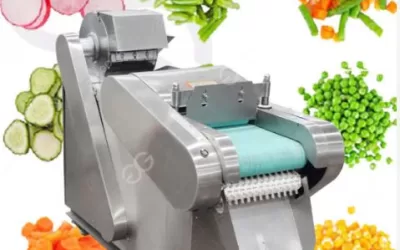- Introduction To Commercial Coffee Machines
- Types of Commercial Coffee Machines
- Components of a Commercial Coffee Machine
- Operating an Espresso Machine
- Operating a Drip Coffee Maker
- Operating a Bean-to-Cup Machine
- Maintenance and Cleaning
- Troubleshooting Common Issues To Commercial Coffee Machines
- Conclusion
Introduction To Commercial Coffee Machines
Commercial coffee machines are vital in cafes, restaurants, and offices, providing high-quality coffee efficiently. This guide will cover the basic types of commercial coffee machines, their components, and step-by-step instructions for operating them effectively.
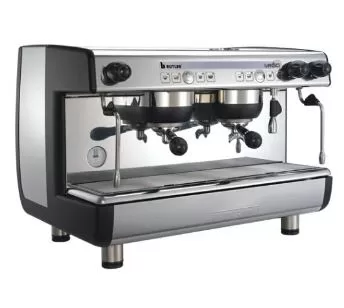
Types of Commercial Coffee Machines
- Espresso Machines: these Commercial coffee machines brew coffee by forcing pressurized water near boiling point through a “puck” of ground coffee.
- Drip Coffee Makers: Common in offices and restaurants, they brew coffee by dripping hot water over ground coffee.
- Bean-to-Cup Machines: Fully automated machines that grind coffee beans, brew espresso, and can froth milk.
- French Press: While not typically commercial, some establishments use it for a different coffee experience.
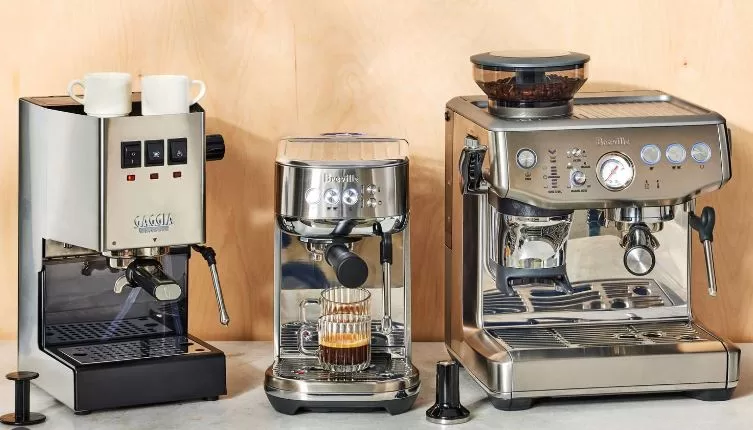
Components of a Commercial Coffee Machine
1. Espresso Machines
-
-
- Group Heads: The part where water and coffee grounds interact.
- Portafilter: A handle with a basket that holds coffee grounds.
- Boiler: Heats water to the desired temperature.
- Steam Wand: Froths milk for cappuccinos and lattes.
- Water Reservoir: Stores water for brewing.
- Control Panel: Interface for selecting brew options.
-
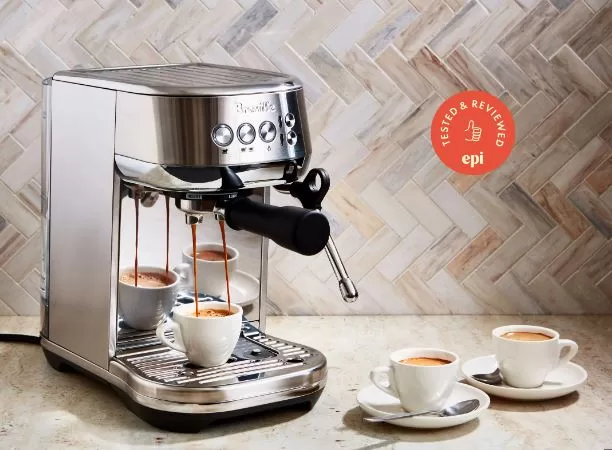
2. Drip Coffee Makers
- Water Reservoir: Stores water for brewing.
- Filter Basket: Holds coffee grounds.
- Carafe: Collects brewed coffee.
- Heating Plate: Keeps brewed coffee warm.
- Control Panel: Interface for selecting brew options.
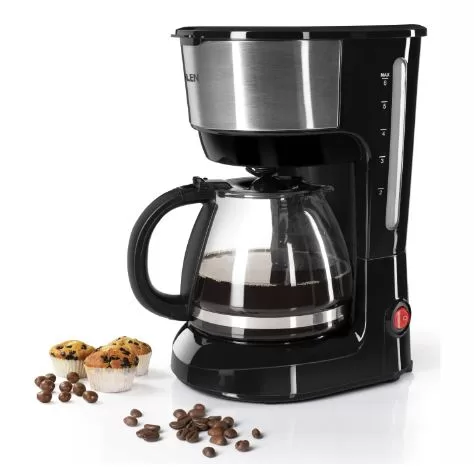
3. Bean-to-Cup Machines
- Bean Hopper: Stores coffee beans.
- Grinder: Grinds coffee beans.
- Brewing Unit: Brews coffee.
- Milk Frother: Froths milk automatically.
- Water Reservoir: Stores water for brewing.
- Control Panel: Interface for selecting brew options.
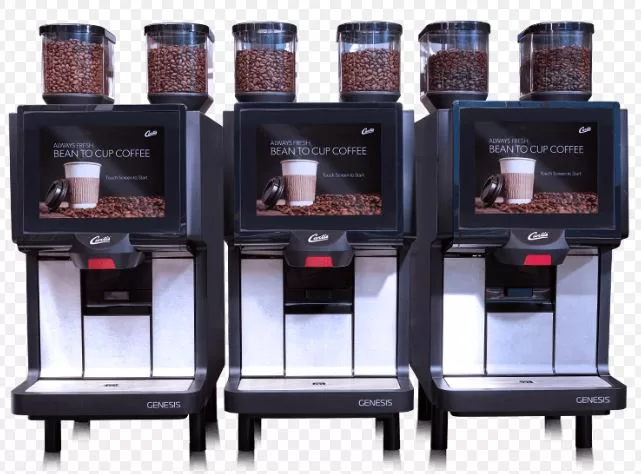
Operating an Espresso Machine
1. Preparation
- Fill the Water Reservoir: Ensure the machine has enough water.
- Preheat the Machine: Turn on the machine and let it reach the optimal brewing temperature.
- Grind Coffee Beans: Use a burr grinder to grind beans to a fine consistency.
- Preheat the Portafilter: Lock the portafilter into the group head and run hot water through it.
2. Brewing Espresso
- Dose the Coffee: Measure the correct amount of coffee grounds into the portafilter (usually around 18-20 grams for a double shot).
- Tamp the Coffee: Use a tamper to compress the coffee grounds evenly.
- Lock the Portafilter: Insert the portafilter into the group head and lock it in place.
- Start Brewing: Press the brew button and let the machine extract the espresso (ideal extraction time is 25-30 seconds).
- Serve the Espresso: Once brewed, remove the portafilter, clean it, and serve the espresso.
3. Steaming Milk
- Purge the Steam Wand: Release a small amount of steam to clear any residual water.
- Position the Steam Wand: Submerge the steam wand just below the surface of the milk in a milk jug.
- Steam the Milk: Turn on the steam and position the wand to create a whirlpool effect.
- Monitor Temperature: Heat the milk to around 150°F (65°C).
- Pour the Milk: Pour the steamed milk into the espresso to create lattes or cappuccinos.
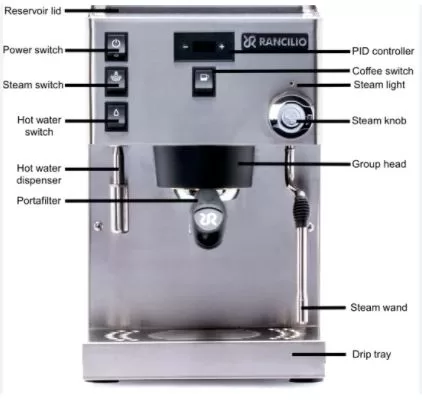
Operating a Drip Coffee Maker
-
1. Preparation
- Fill the Water Reservoir: Ensure the reservoir is filled with fresh, cold water.
- Insert the Coffee Filter: Place a paper or reusable filter in the filter basket.
- Add Coffee Grounds: Measure and add ground coffee to the filter (usually 1-2 tablespoons per 6 ounces of water).
2. Brewing Coffee
- Start the Brew Cycle: Press the brew button and let the machine heat water and drip it over the coffee grounds.
- Monitor the Brew: Ensure the brewing process runs smoothly and the carafe fills with coffee.
- Serve the Coffee: Once brewing is complete, pour the coffee from the carafe and enjoy.
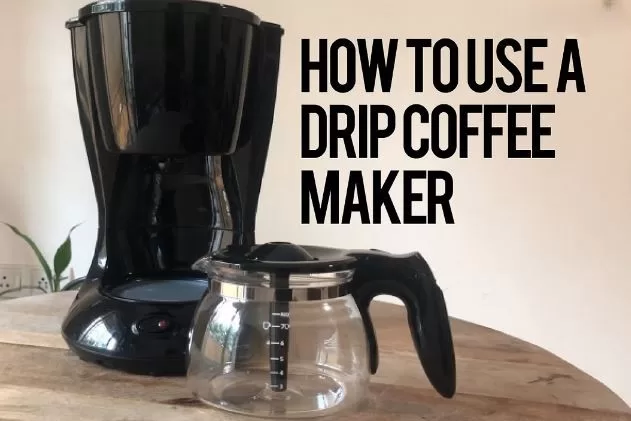
Operating a Bean-to-Cup Machine
-
1. Preparation
- Fill the Bean Hopper: Add fresh coffee beans to the hopper.
- Fill the Water Reservoir: Ensure there is enough water in the reservoir.
- Adjust Settings: Select the grind size, coffee strength, and beverage type on the control panel.
2. Brewing Coffee
- Select Beverage: Choose the type of coffee you want to brew (espresso, latte, cappuccino, etc.).
- Start the Brew Cycle: Press the start button and let the machine grind the beans and brew the coffee.
- Froth Milk: If making a milk-based drink, ensure the milk container is filled and the machine will froth the milk automatically.
- Serve the Coffee: Once brewing is complete, the machine will dispense the coffee into your cup.
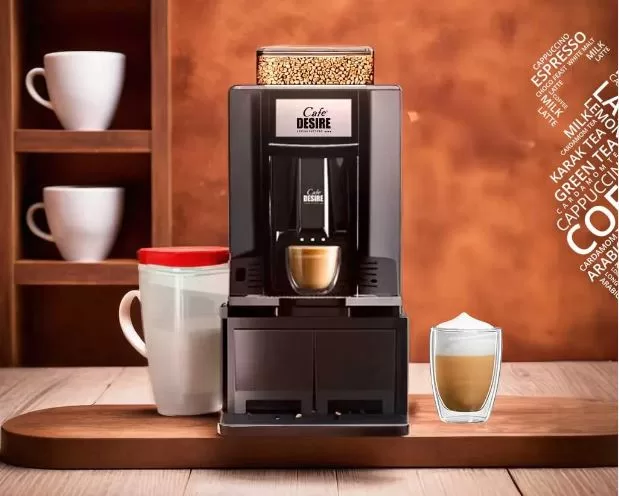
Maintenance and Cleaning
1. Daily Cleaning
- Empty and Rinse the Portafilter: After each use, remove used coffee grounds and rinse the portafilter.
- Wipe Down the Machine: Clean the exterior of the machine with a damp cloth.
- Purge the Steam Wand: After frothing milk, purge the steam wand and wipe it down.
2. Weekly Cleaning
- Clean the Group Heads: Use a brush to clean coffee residue from the group heads.
- Descale the Machine: Run a descaling solution through the machine to remove mineral buildup.
- Clean the Drip Tray: Remove and clean the drip tray and any other removable parts.
3. Monthly Maintenance
-
- Check for Wear and Tear: Inspect the machine for any signs of wear and tear.
- Replace Filters: If your machine uses water filters, replace them as needed.
- Deep Clean: Perform a thorough cleaning of all components, including the grinder and milk frother.
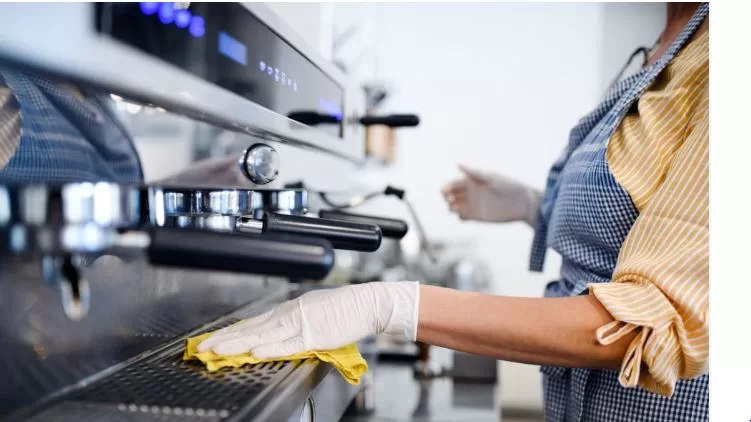
Troubleshooting Common Issues To Commercial Coffee Machines
1. Espresso Machine Issues
- Espresso Tastes Bitter: Check the grind size, dose, and extraction time.
- Weak Espresso: Ensure the grind is fine enough and the dose is sufficient.
- Steam Wand Not Working: Check for clogs and ensure the boiler is properly heated.
2. Drip Coffee Maker Issues
- Slow Brewing: Descale the machine to remove mineral buildup.
- Weak Coffee: Adjust the coffee-to-water ratio.
- Overflowing: Ensure the filter basket is properly placed and not overfilled.
3. Bean-to-Cup Machine Issues
- Grinder Not Working: Check for clogs and ensure the beans are fresh.
- Milk Frother Issues: Clean the frother and ensure it is properly attached.
- Machine Not Brewing: Check for water and bean levels, and ensure the machine is properly assembled.
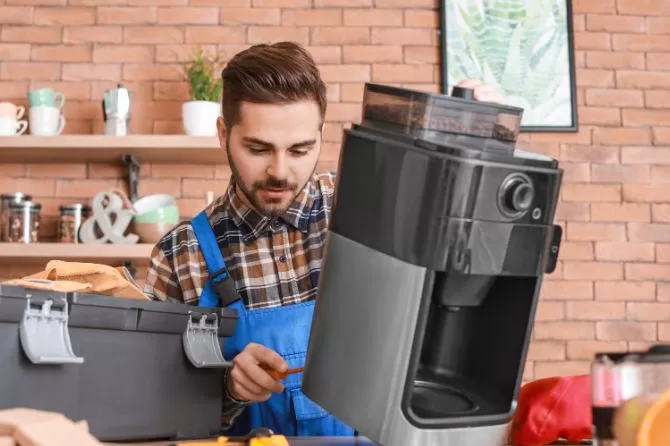
Conclusion
Operating a commercial coffee machine requires understanding its components, preparation, brewing processes, and maintenance. Whether using an espresso machine, drip coffee maker, or bean-to-cup machine, following these steps will help ensure consistently high-quality coffee. Regular maintenance and troubleshooting are essential to keep the machine in good working order and provide the best coffee experience.
About Author sudeshna mukherjee
You May Also Like…
restaurant design ideas in 2024
Introduction Restaurant design in 2024 is a reflection of evolving consumer preferences, technological advancements,...
Comprehensive Step-by-Step Operation Guide for a Vegetable Cutting Machine
Introduction To Vegetable Cutting MachineVegetable cutting machines are essential kitchen tools for commercial...

